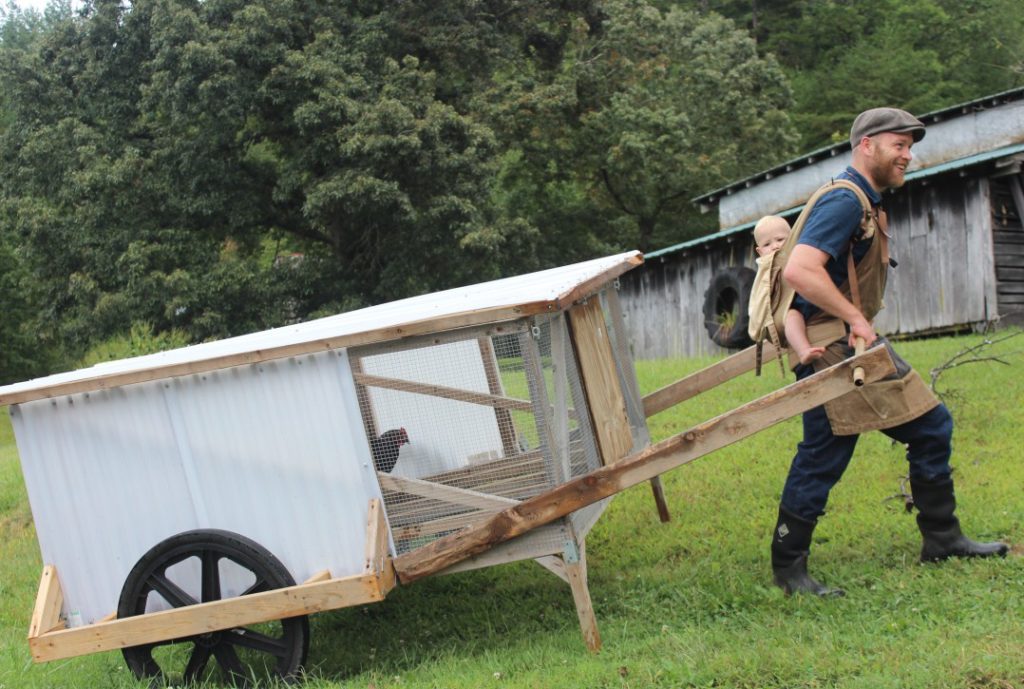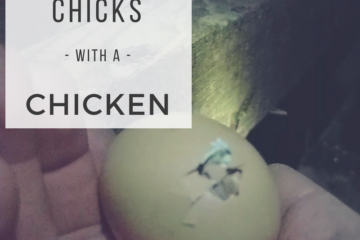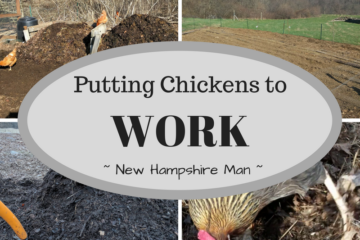Another in the series of How to Raise Chickens, this time a cursory review of chicken coops.
There are a lot of chicken coop options out there, so only you can decide what is best for your property, but as long as a few basic needs are met you can choose from a very simple coop, to a very sophisticated one.
In the interest of full disclosure, my chicken coop was on my property when I purchased it. I did do a major run makeover, but the location and footprint had already been decided.
I’ll review meat birds down the road, but for now, these are the things you need to consider as you set yourself up with a laying flock.
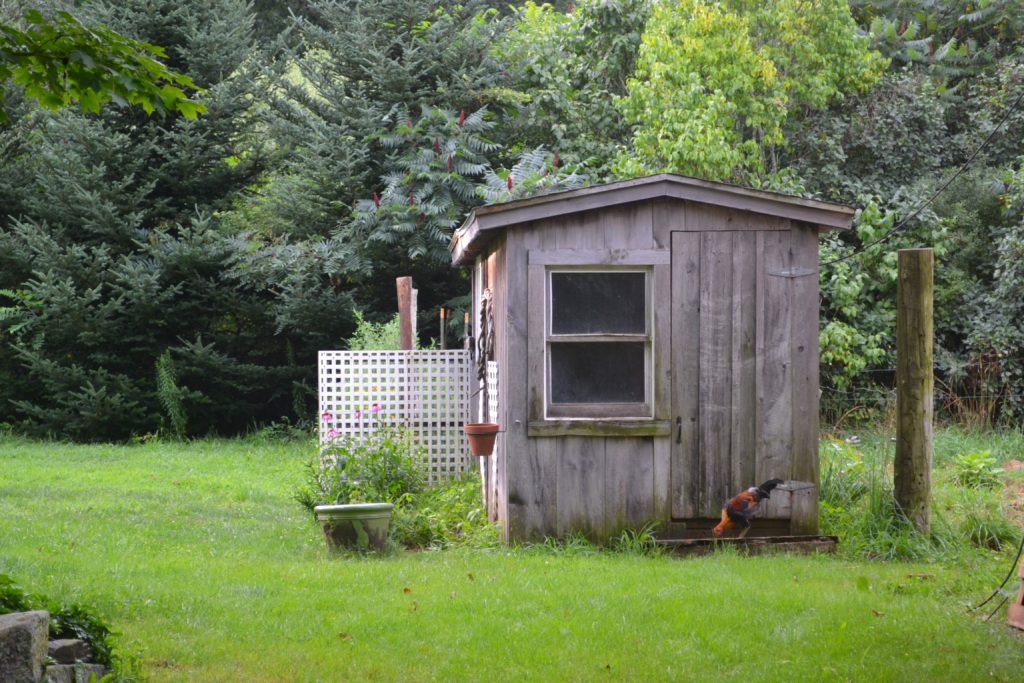
Where to Locate your Chicken Coop
Before you dream too deeply about the actual coop, spend the time to decide where you want the coop. Here are some things to consider:
- Access – you will be going to the coop twice a day, at least. Make it close and easy to access, but give yourself some room too so it’s not all up in your living space.
- Weather – Find a site that can provide a nice balance of sun and shade, openness and protection from the elements.
Basic Needs of a Chicken Coop
Your chicken coop serves several very distinct purposes for your chickens, make sure these are all met when you decide on a structure:
- Security – I consider this the main purpose of the coop; to provide security for the birds from predators at night. It needs to be buttoned up tight. When you find places that animals have chewed through, seal it up quickly. If this is unfamiliar terrain for you, it’ll blow your mind to see what critters can fit through.
- Space – The size of your coop will dictate how many birds you can have. I recommend shooting for 3 square feet per bird. You may consider packing them in a little tighter, but bear in mind that in winter they’ll likely spend a lot of time inside.
- Ventilation – The biggest double-edged sword in the chicken coop. Your coop needs to protect the birds from the elements (rain, snow, sun, etc.) while at the same time allowing plenty of airflow so the humidity and heat stay down.
- Quick tip: please don’t ever heat your chicken coop. Cold birds are better than a burned down chicken coop.
- Roosts – The chickens roost at night. They need a long piece of something to hop up on. I use a couple 2×4’s on edge, but it could be a branch or whatever you can come up with, but that inch-and-a-half diameter works well.
- Nesting Boxes – You can build these or buy them but it’s just a 5 sided box (one side open) for the hens to climb into and lay eggs. Dimension should be around 1 foot on each edge and consider a little lip on the front. Put a little bedding in there too, like: straw, chips, astro turf, etc.
- Food and Water – Be sure to incorporate some way to provide feed and water in the chicken coop.
- Run – The run is where the chickens go when they leave the coop. Generally, an outside space with open ground. I’ve worked hard to really re-think the way I use chickens and my run is where I put my chickens to work breaking down organic material and making compost for me. More on that later, but for now just make sure you include a secure outside space for the chooks.
Chicken Coop Structure Options
This has all been done before.
The whole gamut exists from custom fab extravagant, to economy off-the-shelf. You decide what’s best for you.
Top Level Options
You have two main options to start with: fixed or mobile.
- Fixed coop and run models are the traditional way of keeping chickens. You can:
- Build your own from your own mind.
- Build your own from plans found online.
- Buy a kit, like one of these from Tractor Supply
- Find one already built from Craigslist or an equivalent classifieds site.
- Mobile coops are a great way to spread the love the chickens provide. Chickens can be excellent tillers, fertilizers, garden bed preparers and more. Here are some mobile options:
- Chicken Tractor – this isn’t like what comes to mind. It’s just a frame that provides all the necessitaties that can be moved around your yard or field.
- Trailer – These also provide all the needs for the chickens, but they’re on wheels and can be quite huge for commercial producers.
- Chickshaw – The signature coop from Justin Rhodes at Abundant Permaculture. Movable by one person. Build your own from plans here but bear in mind, this is probably not a great option for winter here in New Hampshire.
- Custom – Once you explore these ideas don’t restrict your own imagination to implement something that fits best with your lifestyle.
Case Study: New Hampshire Man’s Chicken Coop
Just one of many options, but here’s what works well for us.

The Chicken Coop with a traditional run to the left. The chickens now always have access to the center area, called the compost zone, and have periodic access to the right hand side where they do all the annual garden preparation and bed cleanup.
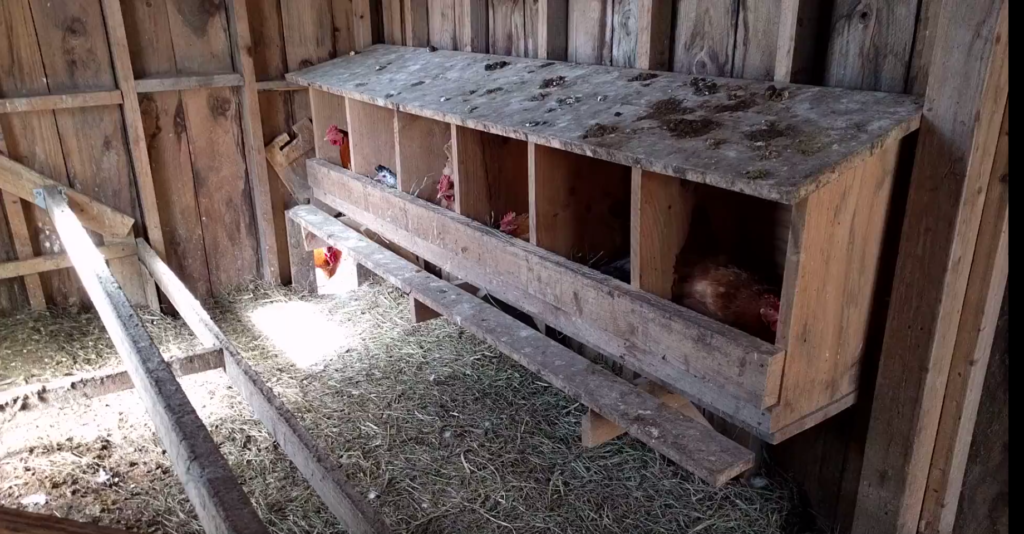
A full house of hens in the nesting boxes. Notice the lip on the boxes, the platform to help them get in and out, and the sloped top to help the poop roll off. I do clean the tops off almost every day to scatter it onto the floor with the hay bedding.
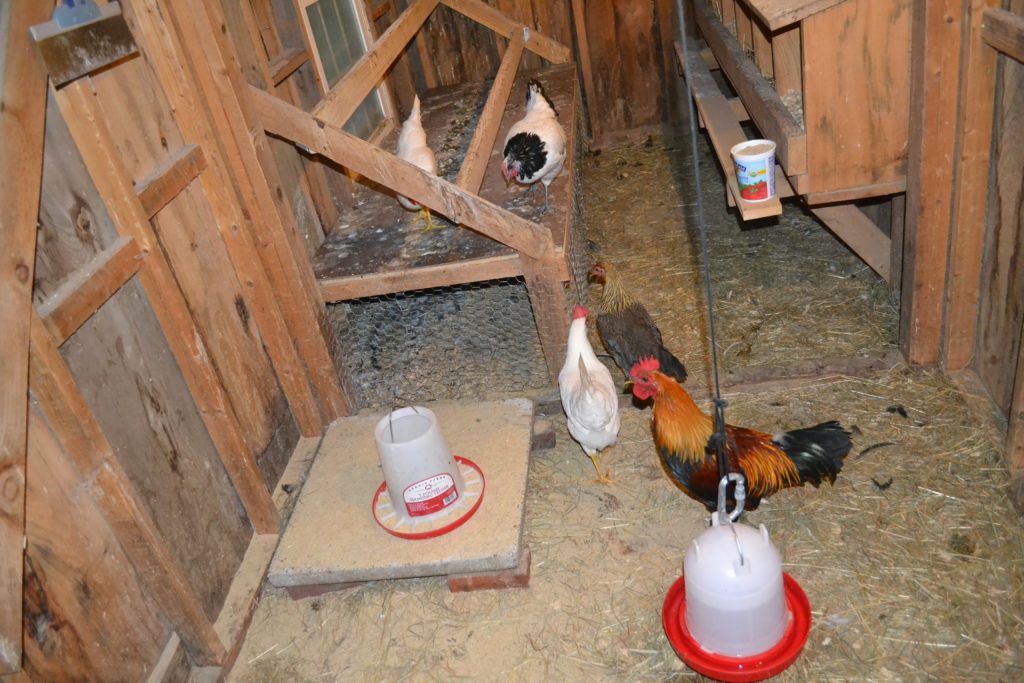
An older picture from the coop to illustrate the 2×4’s on edge to serve as roosts. Most of the poop in the coop accumulates at night so I used to keep a platform under the roosts to reduce the frequency that I had to clean out the coop. I now use a deep litter method and clean the coop a couple times a year.
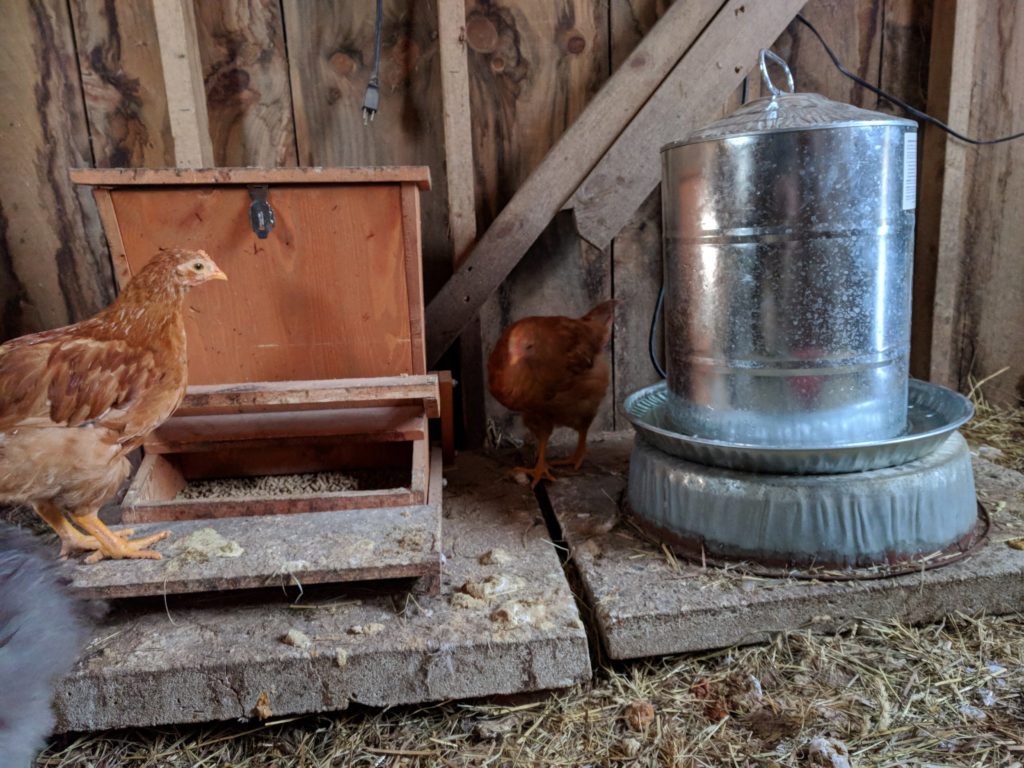
A simple station for food and water in a coop. A future post will go into this in more detail, but the feeder reduces the amount of feed the chickens spill and the base under the waterer keeps the water from freezing in the winter.
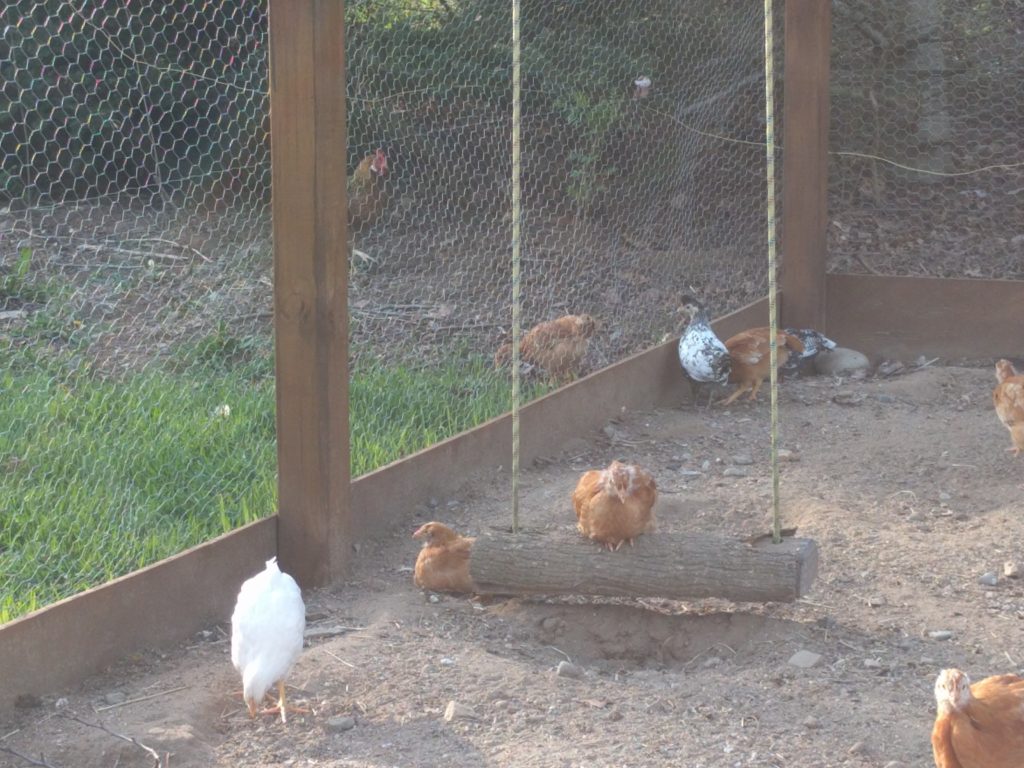
Just for fun, I put a swing in the run. It took three years and a new set of chicks for one of them to finally use it.
Change is the only constant in life
Hopefully this article will help the research process.
As great as it is to get it perfect the first time, give yourself the freedom to make a decision knowing that, as you learn more about keeping chickens, you may change your mind in the future.
That’s ok.
It’s how we progress.
